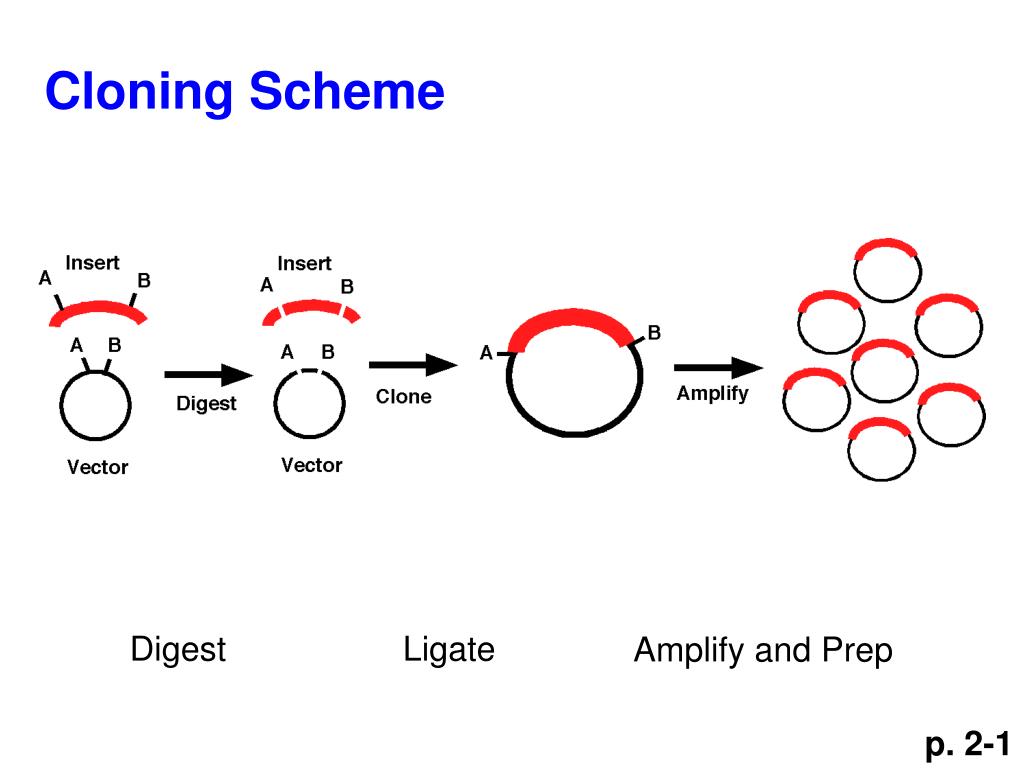

The majority of these systems employ affinity purification methods, which require an affinity tag to be expressed in fusion to the target protein. Several university researchers and commercial companies have incorporated LIC into simplified protein purification systems. In this case, MBP is shown as an example target protein. (D) Final intein-target protein junction after LIC and transformation. There are two vector overhangs: (1) GGTA on the 5' upstream end and (2) CAT on the 5' downstream end. The single gap is indicated by an underlined lowercase letter. The single mismatch is indicated by an italicized lowercase letter. Overlapping complementary sequences are designed to facilitate stable annealing in vitro for subsequent ligation in vivo after transformation. (C) Intein vector and insert DNA shown after vector linearization and treatment with T4 DNA polymerase as described in the text. Note that this vector does not contain any target protein sequence and that the intein gene has been partially truncated to allow direct fusion of the target protein gene without the introduction of any additional DNA sequence.

(B) Modified region of the LIC intein vector showing the location of the LIC annealing regions and the introduced NcoI restriction site for vector linearization. Restriction sites are indicated in each sequence using bold letters: EcoRI=GAATTC, XbaI=TCTAGA, NcoI=CCATGG (A) Original ΔI-CM intein vector before modification to include the LIC cloning site. Ligation-Independent Cloning procedure in the LIC-Intein System. In comparison to conventional molecular cloning, LIC relies on extended segments of complementary DNA to facilitate DNA strand annealing and highly efficient ligation in vivo, thereby eliminating the need for conventional restriction endonuclease digestion and in vitro ligation. This method allows the simple and precise cloning of an amplified gene into an expression vector by taking advantage of the 3’ to 5’ exonuclease activity of T4 DNA Polymerase ( Figure 1). A more inexpensive cloning technique is ligation-independent cloning (LIC). Although these methods are highly efficient, they require the purchase of commercial kits, which can increase the cost of finding the optimal vector for expressing a specific target protein. In particular, Invitrogen’s Gateway ® and TOPO ® cloning technologies have provided a means for parallel cloning of a single target gene into several vectors. During the last two decades, several methods have been developed for streamlined molecular cloning and protein purification. The need for rapid and reliable methods to produce purified recombinant proteins has become more urgent as the study of gene products for various applications increases. Through this newly developed system, arbitrary protein genes can be rapidly incorporated into self-cleaving tag expression vectors, and their products purified using convenient platform methods. In this work, we demonstrate efficient gene insertion via this system, as well as target protein expression and purification consistent with previously reported results. We have streamlined this process by introducing Ligation-Independent Cloning (LIC) capability to our intein expression plasmids, which provides a simple method for constructing self-cleaving tag-target gene fusions. Although intein methods can greatly simplify protein purification, commercially available expression vectors still rely on conventional restriction/ligation cloning methods for target gene insertion. Recently, engineered inteins have been used to create convenient self-cleaving tags for tag removal. Many purification methods involve expression of target proteins in fusion to purification tags, which often must be removed from the target proteins after purification. The rapid production of purified recombinant proteins has become increasingly important for countless applications.


 0 kommentar(er)
0 kommentar(er)
